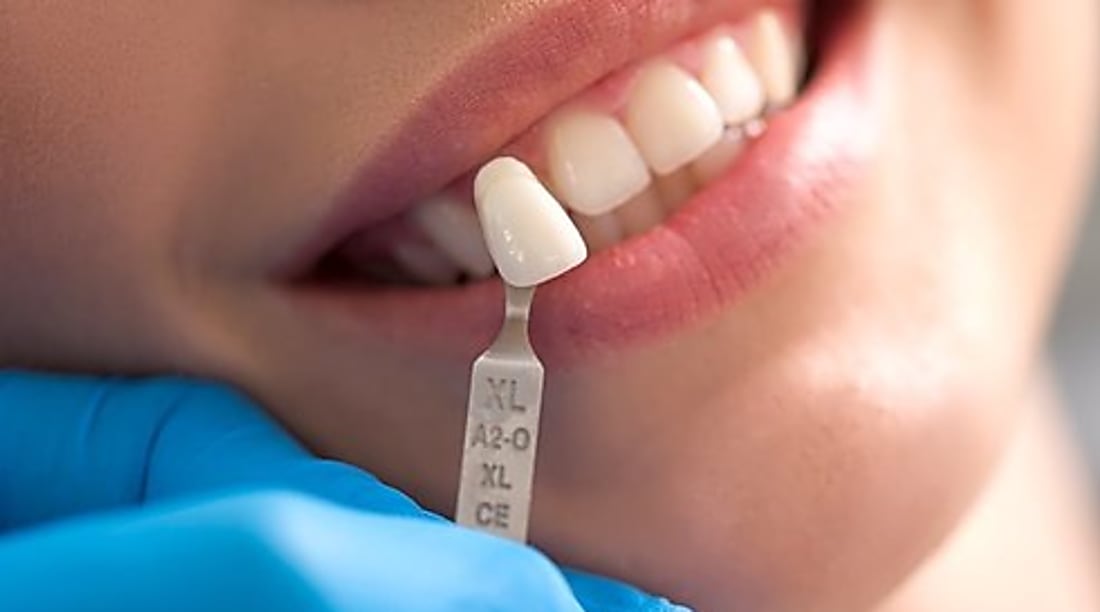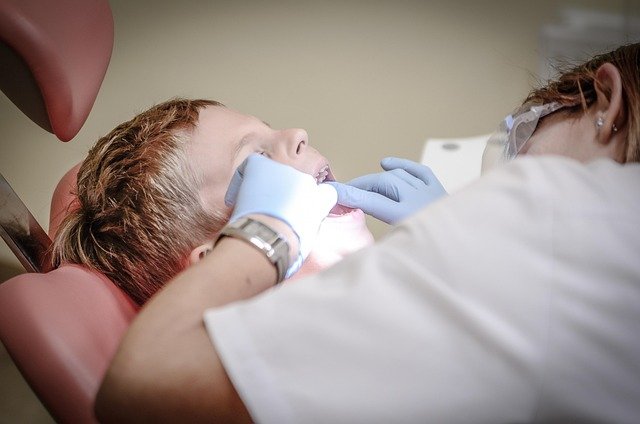Dental Veneers Explained: A Guide to Achieving a Brighter, More Confident Smile
A confident smile can often make a significant difference in both our personal and professional lives. For those exploring ways to enhance their smile's appearance, dental veneers have become an increasingly popular cosmetic solution. This guide offers a clear, straightforward overview of what modern veneers are, how the process typically works, and what key factors to consider when exploring this option.

Dental veneers represent a significant advancement in cosmetic dentistry, offering patients the opportunity to dramatically improve their smile’s appearance. This versatile treatment has gained popularity among individuals seeking to address various dental imperfections while maintaining a natural-looking result.
What Exactly Are Dental Veneers?
Dental veneers are ultra-thin shells, typically measuring between 0.5 to 0.7 millimeters in thickness, that are custom-crafted to fit over the front surface of your teeth. These shells are primarily made from two materials: porcelain and composite resin. Porcelain veneers are considered the gold standard due to their durability, stain resistance, and ability to mimic the natural translucency of tooth enamel. Composite veneers, while more affordable, offer a quicker application process but may require more frequent maintenance.
The primary purpose of veneers is to improve the aesthetic appearance of teeth that are discolored, chipped, slightly misaligned, or have gaps between them. Unlike crowns, which cover the entire tooth, veneers only cover the visible front portion, preserving more of your natural tooth structure.
The Step-by-Step Veneer Process Explained
The veneer application process typically requires two to three dental visits spread over several weeks. During the initial consultation, your dentist will evaluate your oral health and discuss your aesthetic goals. Digital imaging or impressions may be taken to help visualize the expected results.
The preparation phase involves removing a small amount of enamel from the front surface of the teeth receiving veneers, usually about the same thickness as the veneer itself. This step ensures the veneers will sit flush with your natural teeth without appearing bulky. Temporary veneers may be placed while your permanent ones are being crafted in a dental laboratory.
Once your custom veneers are ready, typically within 1-2 weeks, you’ll return for the bonding appointment. Your dentist will carefully place each veneer using a special dental cement and cure it with a specialized light to ensure a strong, permanent bond.
Key Benefits of Modern Veneer Technology
Modern veneer technology offers numerous advantages that make them an attractive option for smile enhancement. The most significant benefit is their ability to provide dramatic aesthetic improvements while maintaining a natural appearance. High-quality porcelain veneers can last 10-15 years with proper care, making them a long-term investment in your smile.
Veneers are highly stain-resistant, particularly porcelain varieties, which means your smile will maintain its brightness even when consuming coffee, wine, or other staining substances. The treatment is also minimally invasive compared to other cosmetic dental procedures, preserving most of your natural tooth structure.
Additionally, veneers can address multiple cosmetic concerns simultaneously, including tooth discoloration, minor chips or cracks, slight misalignment, and gaps between teeth. This comprehensive approach often eliminates the need for multiple separate treatments.
Are You a Suitable Candidate for Veneers?
Ideal candidates for dental veneers are individuals with healthy teeth and gums who are seeking to improve their smile’s appearance. You should have realistic expectations about the results and be committed to maintaining good oral hygiene practices.
Certain conditions may make you less suitable for veneers. These include severe tooth decay, active gum disease, teeth grinding or clenching habits, or insufficient enamel. Individuals with these conditions may need to address these issues before considering veneers or explore alternative treatments.
Your dentist will conduct a thorough examination to determine if veneers are appropriate for your specific situation. Factors such as your bite, jaw alignment, and overall oral health will be considered during this evaluation.
| Treatment Type | Provider Example | Cost Estimation (CAD) |
|---|---|---|
| Porcelain Veneers (per tooth) | Private Dental Clinics | $1,200 - $2,500 |
| Composite Veneers (per tooth) | General Dentistry Practices | $400 - $1,200 |
| Full Smile Makeover (6-8 veneers) | Cosmetic Dentistry Centers | $8,000 - $20,000 |
Prices, rates, or cost estimates mentioned in this article are based on the latest available information but may change over time. Independent research is advised before making financial decisions.
The decision to get dental veneers should be made in consultation with a qualified dental professional who can assess your individual needs and circumstances. While veneers offer excellent results for many patients, understanding the process, benefits, and requirements ensures you can make an informed choice about this cosmetic dental treatment.
This article is for informational purposes only and should not be considered medical advice. Please consult a qualified healthcare professional for personalized guidance and treatment.




